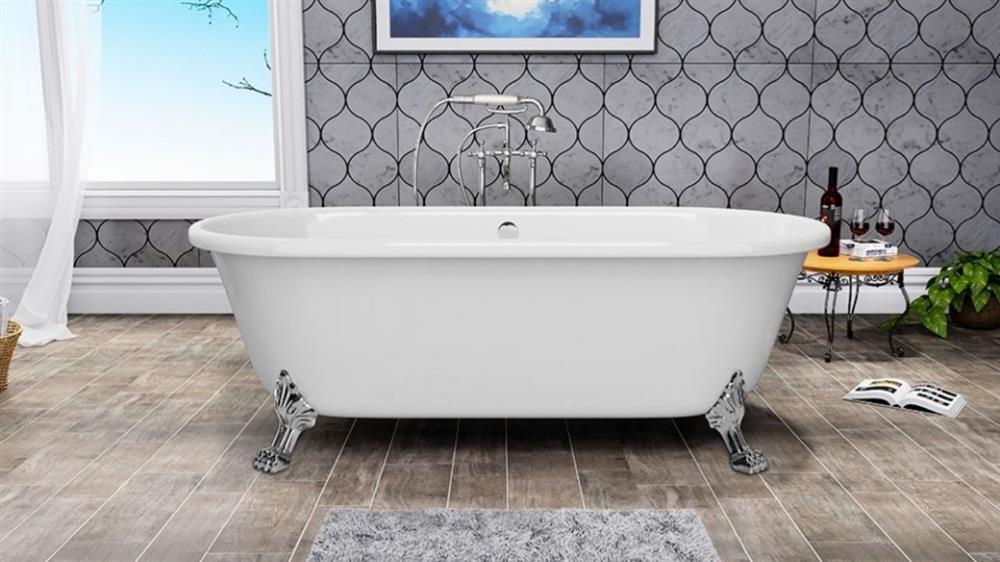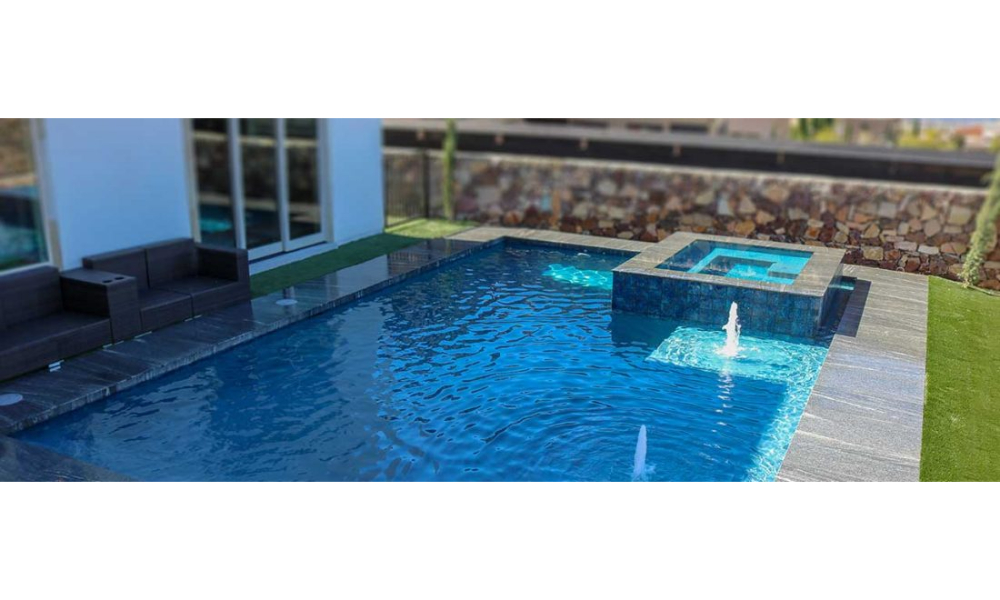Freestanding bathtubs are more than just a functional fixture—they are the visual centerpiece of a modern bathroom. Unlike built-in tubs, these standalone models offer greater flexibility in placement, opening the door to a wide range of layout possibilities. However, where you place the tub matters just as much as the tub you choose.
Here’s a practical guide on how to determine the best location for your freestanding bathtub, ensuring both aesthetics and functionality are aligned.
1. Assess the Bathroom Layout
Start by examining the size and shape of your bathroom. Freestanding tubs need space—not just to fit, but to be appreciated. Ideally, you’ll want at least 4–6 inches of clearance on all sides for cleaning and accessibility.
Key factors to evaluate:
- Wall proximity: Should the tub be centered or closer to a wall?
- Traffic flow: Will people bump into it as they move around the room?
- Focal point: Will it be the visual anchor of the space?
Avoid placing the tub in tight corners or crowded areas where its design impact might be lost.
2. Proximity to Plumbing
While freestanding tubs offer visual flexibility, they still require plumbing access. Check where your water supply and drainage lines are located, as relocating them can be costly.
Common plumbing positions include:
- Floor-mounted fillers for center-of-room placements
- Wall-mounted fixtures for tubs near walls
- Freestanding tub fillers with exposed piping as a design feature
It’s essential to coordinate with a plumber during early planning to determine feasibility and avoid costly changes later.
3. Consider Natural Light and Views
Many homeowners place their freestanding tubs near large windows to take advantage of natural light and relaxing views. This enhances the spa-like feel of the space and adds a luxurious ambiance.
When using this approach, consider:
- Privacy: Use frosted glass, curtains, or blinds if visibility is an issue.
- Temperature control: Ensure window placement won’t cause drafts or overheating.
- Moisture resistance: Surrounding surfaces should withstand humidity and splashes.
4. Placement as a Design Statement
A freestanding tub doesn’t have to hug a wall—it can stand boldly in the center of the room or even on a raised platform for dramatic effect. This works well in large bathrooms with open layouts.
Design-driven placements include:
- Island placement under a chandelier
- Framed by architectural features like columns or arches
- Offset against a decorative feature wall
These placements require thoughtful planning but can elevate the entire room’s design impact.
Midway through the planning process, many homeowners explore premium options like freestanding bathtubs from Vascadesign.com, which offer a range of elegant shapes and finishes ideal for bold or minimalistic interior styles.
5. Safety and Accessibility
While appearance is important, so is ease of use. Make sure the tub is not only beautiful but also practical. Consider:
- Non-slip flooring around the tub
- Grab bars or step stools if needed
- Clearance for cleaning and repairs
Older adults, children, or those with mobility issues may need additional considerations during placement.
6. Relationship to Other Fixtures
Your tub should not clash with other key fixtures like the shower, vanity, or toilet. A well-balanced layout ensures that each element complements the others without overcrowding.
Try to:
- Maintain sightlines from the door
- Avoid visual competition with the shower enclosure
- Create symmetry with sinks or mirrors when possible
Conclusion
The placement of a freestanding bathtub should blend functionality with visual harmony. From plumbing and spacing to lighting and design flow, each detail affects the final look and user experience. With thoughtful planning, your bathtub can become both a relaxing retreat and a stunning showpiece in your bathroom.





